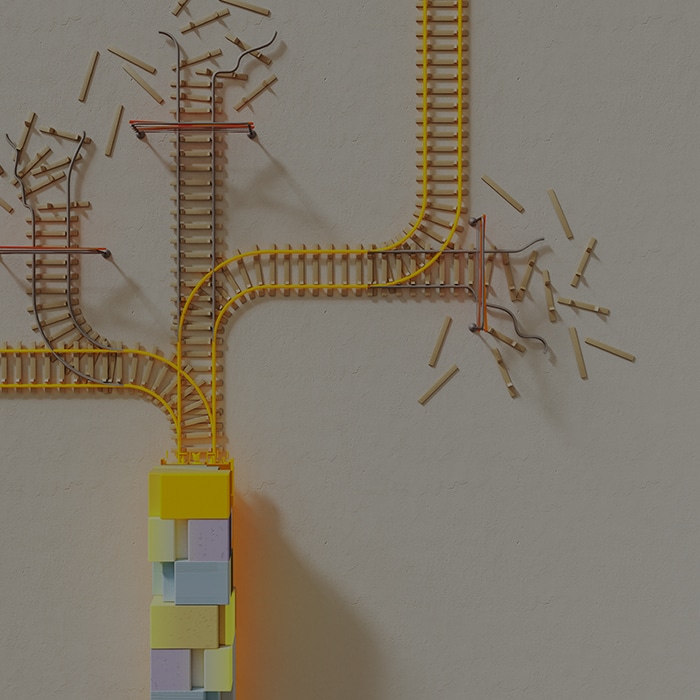Measuring performances makes improvement easier
Introduction
The best possible learning experience is being taught by a brilliant and empathetic private tutor who constantly adapts her lessons to your needs. Courses offered on online learning platforms often provide the exact opposite: the pedagogical material is fixed before the first learner laid eyes on it and barely changes until the course is finished. This article will show how, by modeling the learning experience, a modern learning experience platform can emulate the qualities of a private tutor and maybe surpass them.
A statistical model of the interactions between learners and the teaching material will allow you to infer the abilities of your learners and how they evolve. Moreover, it will show you quantitatively how each item of the learning material, be it a text, a video or a quiz causes (or fails to cause!) the acquisition of skills and knowledge.
Learning to teach
A good teacher is always experimenting, always learning. He constantly revises the course material to correct mistakes, allocate more time for the part of the course that prove difficult to understand, cuts down on discussions that fail to engage students and tries a new way of explaining a problematic subject. This is made possible by his close observation of the students’ reactions to each of his explanations and to the proposed activities.
By recording the effect of each item of course material on the learner, an online course can evolve in a similar way. A text which is too difficult can be recognized because students are spending a long time reading it, a concept explained in an unsatisfactory way can be detected if its application is tested in a quiz. In this way, the content of the course can progressively improve. If the number of students taking a course is large, we could imagine the content improving much faster than any tutor could learn. Additionally, different learning material can be proposed to different students to decide what works best. In this way, both engagement and performance can be measured accurately to decide what to keep for the next iteration of the course.
At Swiss Connect Academy, we started continuously revising our teaching material in this way and we plan to allow anyone using our platform to do the same.
Empowering learners by making them aware of their strengths and weaknesses
A model of the learning process also infers representations of the learner. In particular, it evaluates their speed and abilities when answering questions, the state of their knowledge of the material, and maybe how fast they learn. This information can be used to provide learners with feedback about what they learned, to motivate them by making them aware of their progression, or to help them evaluate their chances of passing some certification.
Adaptive learning
Information about the individual characteristics of the learner can be used in an even more ambitious way: learning software can adapt the content in real time to the students based on their level and specificities. The difficulty of quizzes and other tasks can be adapted to encourage slower learners while remaining challenging for those with previous exposure to the material. Students who dislike videos can be asked to read texts and vice-versa, the rhythm of the whole course can be adapted automatically to the individual learning speed, motivation, goals or preferences.
Testing can also be optimized by adapting test questions to the level of the learner. The goal might be to reach a preset accuracy in the evaluation as fast as possible, to reach the best possible accuracy in the same amount of time or just to make the test more interesting for some and less discouraging for others.
Conclusion
Except in the case of small scale courses (less than 50 learners for example) modeling learner interactions will make your average learner’s experience markedly better. The reason for the exception is that the model will not have enough data.
The improvements recommended by the model will naturally compound if a course is given repeatedly. Moreover the cost of setting up and learning to use the model will be paid once and subsequently quickly amortized.
Finally, a piece of advice about choosing an AI system which is especially important in the present case: you should choose a system that records and allows you to examine all its decisions, is transparent about its internal representations and, preferably, makes explicit how certain (or uncertain) it is about its inferences. Otherwise, you will not be able to know if or when you can trust it. Rest assured that at Swiss Connect Academy, we use Bayesian statistics to automatically quantify the uncertainty of all our estimates in a principled manner, but methods from frequentist statistics like the bootstrap might also give excellent results.
The ideas for this post were developed in collaboration with Oksana Noorlander. The advice of Marjorie Besson was also greatly appreciated.










